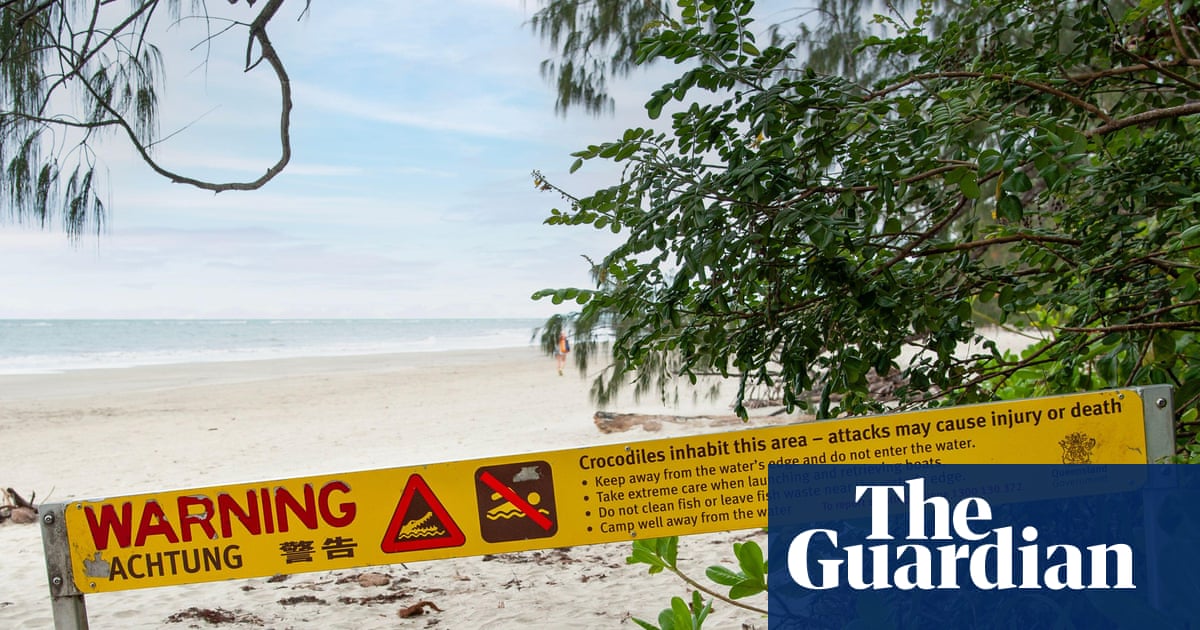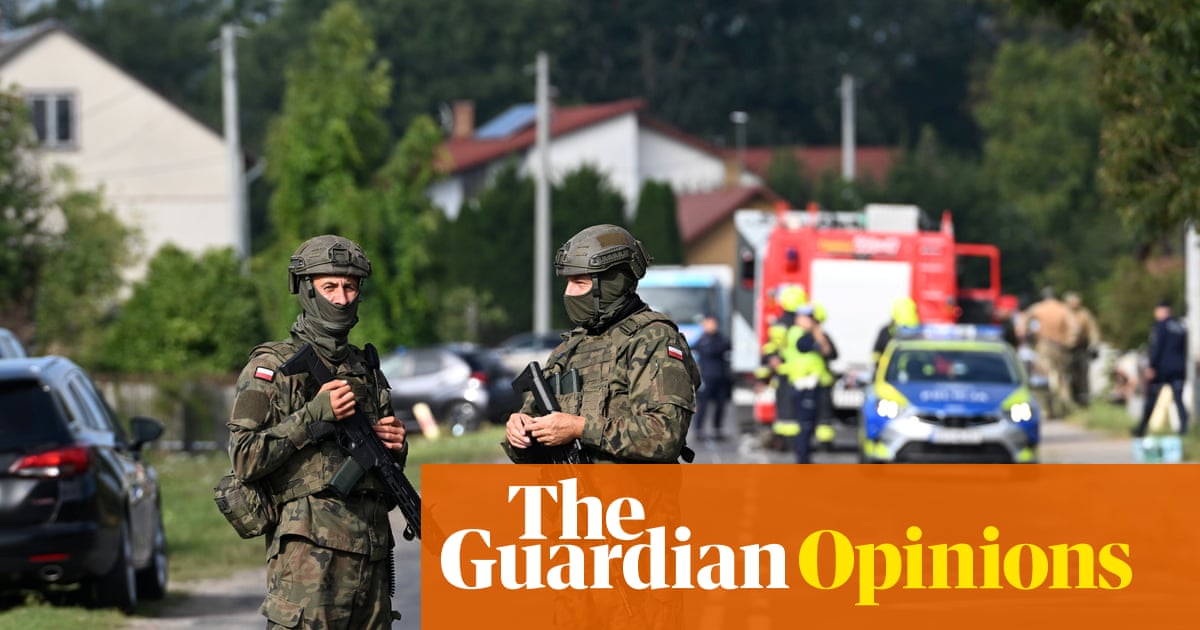As the war between Iran and Israel intensified, teasing the eventual involvement of the US military, American security agencies began to warn of a looming threat of Tehran-backed “sleeper cells” known to be active stateside that could be called in for retaliatory attacks.
But as the B-2 bombers struck nuclear sites across Iran and the Iranian military responded with a missile barrage on US bases in the region, a ceasefire took shape. In the end, the Islamic Revolutionary Guard Corps (IRGC) – Iran’s elite military and intelligence branch, wielding a global web of terrorist groups and agents acting on its behalf – didn’t appear to sponsor or carry out any covert operations inside the US, nor has it since.
The Department of Homeland Security, however, issued a heightened threat bulletin, because the “ongoing Iran conflict is causing a heightened threat environment”. The FBI followed suit with its own warnings of sleeper cells. The same sort of reasoning has been used before: during and after the invasion of Iraq, president George W Bush continued to link the fallen Iraqi regime with “sleeper cells” and sponsoring terrorism against American targets.
In the past, the IRGC and its proxies have certainly shown they are more than willing to carry out terrorism plots against the US – as was the case of a Brooklyn-based Iranian activist who was the target of a foiled assassination attempt in 2023 – but separating Maga talking points with reality prompts the question: how real are these sleeper cells?
The US border “czar”, Tom Homan, has been accused of cherrypicking national security threats to fit his mandate. He suggested that the US border is so porous, Iranian operators have already taken advantage of it.
“When I was a Fox News contributor,” Homan recently told Fox News, calling out Iranian agents as a threat, “I said my biggest concern is the open border causing the biggest national security vulnerability this country has ever seen.”
To Trump administration figures like Homan and JD Vance, who have both warned of an almost imminent strike on Americans, Iranians have become useful bogeymen and a cudgel for emphasizing a foreign danger they can use for domestic crackdowns.
Experts say the IRGC threat is both credible and overstated.
“While often discussed in sensational language, Iran almost certainly maintains small clandestine cells inside the US and other countries,” said Broderick McDonald, associate fellow at King’s College London’s XCEPT research programme, who studies conflict in the Middle East. “Both Iran and proxies like [Hezbollah] have repeatedly used small clandestine cells for decades to carry out assassinations, target dissidents and collaborate with criminal networks.”
Hezbollah, which has largely degraded in power since the Israeli invasion of Lebanon last year, has acted hand in glove with the IRGC for years, including offering up its agents to the work of Tehran.
McDonald continued: “These so-called sleeper cells are a valuable asset for any country to collect surveillance, conduct targeted assassinations and carry out strategic strikes on military infrastructure during a crisis.”
Since the Russian invasion of Ukraine, geopolitical watchers have warned that the conflict heralded a new era of sabotage and covert operations between nation-states. Iran, already old-hat at these kinds of clandestine activities and willing to pay the Russian mafia to do its bidding – was expected to up its foreign op tempo, even before the Israel conflict.
At the same time, operations such as Ukraine’s drone attack on Russian airfields, codenamed “Spider’s Web”, and Israel’s similar mission in Tehran before its bombing of the city earlier in June, have showcased the growing appetite among spy agencies to carry out acts of violence on the soil of their enemies.
But McDonald explained that any attacks on the US homeland – especially with another Trump presidency more than willing to escalate and carry out unprecedented killings – is a “contingency asset for regimes like Iran”.
In other words, initiating a terrorist attack on the US would require a moment of true existential desperation, which is not where Iran currently finds itself.
“Iran’s telegraphing of its retaliatory strikes on US bases in Qatar and Iraq suggests it was looking to downshift rather than inflame tensions with the US,” McDonald said. “While some media outlets and online personalities have played on sensational language to describe these so-called sleeper cells and the likelihood they will be mobilised, small clandestine cells do pose serious threats to national security that we are only partially prepared for.”
For example, recent “war on terror”-styled reporting from Fox News, an outlet with public affiliations to the White House, blamed the Biden administration for letting more than 700 Iranians into the country, noting it was “unclear” how many of those people were on the terrorism watchlist.
Sources confirmed to the Guardian that the FBI is indeed concerned with stateside Iranian infiltration. One threat in particular, the use of suicide first-person-view (FPV) drones on US citizens or major targets, would be almost impossible to defend against and has been popularized by its ease of use in Ukraine.
“I am still surprised we haven’t seen more FPV-type attacks, but that’s certainly a strong possibility,” said Colin Clarke, the director of research at the Soufan Center, pointing out past Iranian sponsored attacks in Argentina, Bulgaria and Saudi Arabia – evidence alone of its willingness to strike at its enemies using asymmetric means. Iran is also well known to have sponsored much of the insurgency against US forces in Iraq, going so far as to manufacture the roadside bombs that became a scourge on American soldiers there.
But, according to Clarke, while Iran is a formidable and active foe to western countries, its current weakness might also mean it is much less likely to invite the wrath of the US and the Pentagon’s firepower.
“I think the threat of sleeper cells in the United States is real, but now that there’s a ceasefire in place, Iran is unlikely to want its fingerprints on any traceable attack planning,” he said in an email. “But in the immediate aftermath of the war kicking off two weeks ago, and even before the US got involved, there were palpable fears of a potential terrorist attack on US soil conducted by Iran’s proxy network.”
Clarke noted that the latest US-Israeli strikes on Tehran is likely to “to stoke further anger” in a climate of political extremism, which has brought about recent killings.
“Since the October 7 attacks and the ongoing war in Gaza, western countries have experienced a surge in both antisemitism and Islamophobic attacks, hate crimes and other violent events,” he said.

 3 months ago
53
3 months ago
53

















































